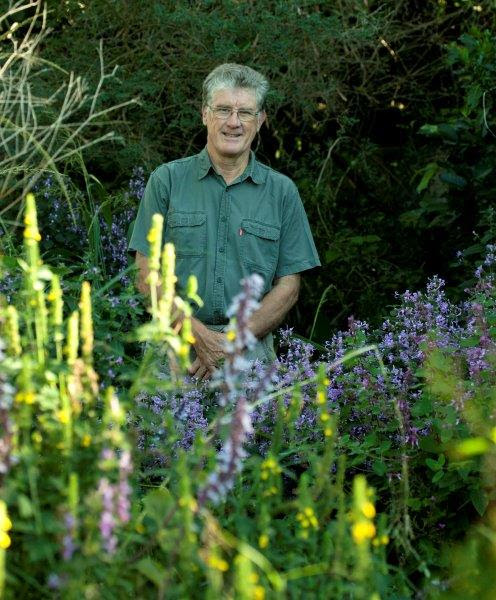Wetlands in KZN Talk to be held at Crocworld Conservation Centre on 8 July
Wetlands in KZN Talk to be held at Crocworld Conservation Centre on 8 July “Fresh news in from OJ concerning the fragile and important wetland systems endowed to us…” Popular guest speaker and renowned horticulturalist Geoff Nichols will be presenting a talk at Crocworld Conservation Centre in Scottburgh (Kwa Zulu-Natal South Coast) on 8 July. … Read more

